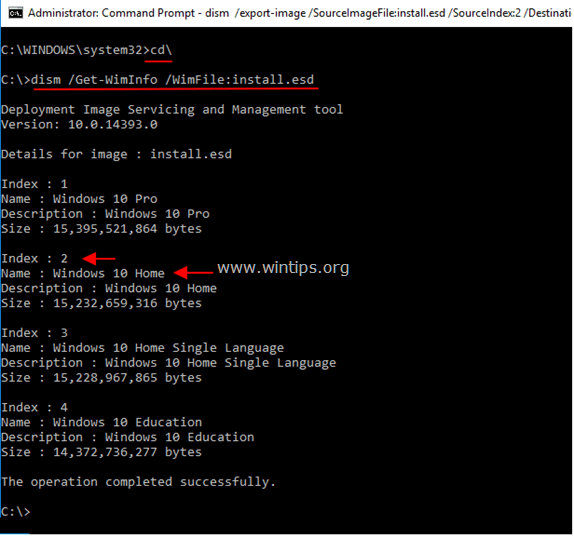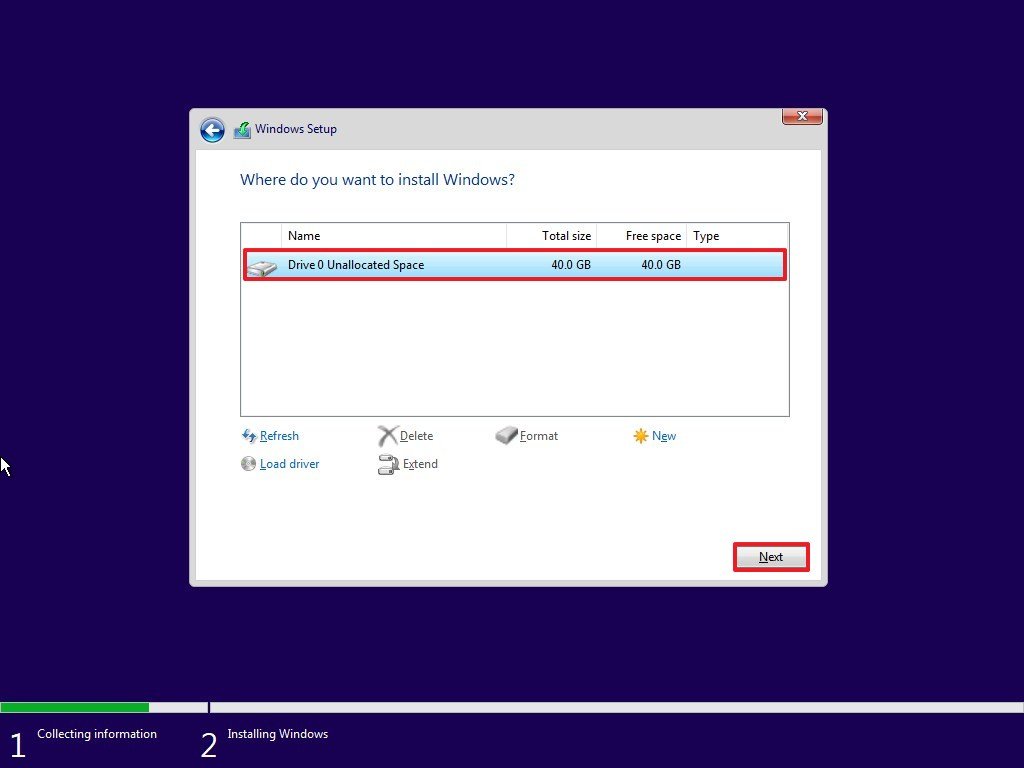In this video i have shown a new trick on how you can activate your any windows without the help of software and this method is 100% working. Try this and comment below if you face any problem.
- From the Office 365 home page select Install Office apps (if you set a different start page, go to aka.ms/office-install). Select Office 365 apps to begin the download. OneNote for Windows 10 is the default OneNote experience for Office 365 and Office 2019 customers.
- Apr 15, 2018 I am interested in buying a PC online but the seller states it comes with Windows 10 Home x64. If I were to buy the computer and purchase a Windows 10 Pro license, would the PC get a digital license if I did a clean install and activated Win10 Pro?
First of all the Hyper-V role cannot be installed on Windows 10 Home. To enable Hyper-V in windows 10 you will have to Upgrade from Windows 10 Home edition to Windows 10 Professional by opening up Settings > Update and Security > Activation.
Hyper-V can be enabled in many ways including using the Windows 10 control panel, PowerShell (my favorite) or using the Deployment Imaging Servicing and Management tool (DISM). Hyper-V is built into Windows as an optional feature there is no Hyper-V installation/download.
To install Hyper-v in windows 10 you must have following things:
Microsoft publisher business card templates free download. Download business Powerpoint templates easy-to-edit, which means, you just have to put in all the important details.
- Windows 10 Operating System
- CPU support for the Mode extension.
- 4GB.
- 64-bit processor with SLAT.
Enable Hyper-V using PowerShell
- Open a PowerShell console as Administrator.
- Run the following command:
- PowerShell
Enable-WindowsOptionalFeature -Online -FeatureName Microsoft-Hyper-V -All
If the command couldn't be found, make sure you're running PowerShell as Administrator.
When the installation has completed, reboot.
Enable the Hyper-V role through Settings
- Right click on the Windows button and select ‘Apps and Features’.
- Select Turn Windows Features on or off.
- Select Hyper-V and click OK.
When the installation has completed you are prompted to restart your computer.
Enable Hyper-V with CMD and DISM
The Deployment Image Servicing and Management tool (DISM) helps configure Windows and Windows images. Among its many applications, DISM can enable Windows features while the operating system is running.
To enable the Hyper-V role using DISM:
- Open up a PowerShell or CMD session as Administrator.
- Type the following command:
DISM /Online /Enable-Feature /All /FeatureName:Microsoft-Hyper-V

The Windows 10 upgrade process drags old files, settings, and programs from your previous Windows system to your new one. Microsoft allows you to get an entirely fresh system by performing a clean install.
This is particularly useful if you’ve purchased a new Windows 10 PC and it includes manufacturer-installed bloatware you don’t want. Or, you may need to perform a clean install on a computer without an existing Windows system after installing a new hard drive. Of course, you’ll miss out on the good pre-installed apps, like the free DVD player program that comes with many PCs. However, you can always install VLC to get DVD playback or use one of the more fully featured Windows Media Center alternatives.
RELATED:Windows 10 is Out Today: Should You Upgrade?
Previously, Microsoft forced users to upgrade to Windows 10 before they could start fresh and do a clean install–which was annoyingly complicated and time-consuming. Now, things are much easier, since you can activate Windows 10 with a Windows 7, 8, or 8.1 key.
Option One: Create Installation Media and Install Windows from Scratch
RELATED:Where to Download Windows 10, 8.1, and 7 ISOs Legally
The classic method of performing a clean install is still our go-to option with Windows 10. You just need to download and create installation media, either on a DVD or a flash drive, and install it from there.

Download the Windows 10 media creation tool from Microsoft. This tool will download the correct Windows 10 installation files for your system, and help you create an installation DVD or flash drive. Start it up and select the “Create installation media for another PC” option to create installation media.
Be sure to select the correct type of installation media for the copy of Windows 10 that’s licensed for your PC — Windows 10 Home or Professional. (If “Windows 10” is the only option, you can safely use that and it will detect what version you want.) You should also choose your language and select whether you want the 32-bit or 64-bit version of Windows here. Most people will want the 64-bit version, but you can create installation media that includes both, and the installer will automatically select the most appropriate one when you use it to install Windows on a computer.

Install Windows 10 from the installation media like you would any other operating system. Restart your computer with the USB drive or DVD inserted, and boot from that device. This may require you change a setting in the BIOS, access a boot menu, or use the “Use a device” option in the advanced startup options on a modern Windows 8 or 10 device that includes UEFI firmware instead of the traditional BIOS. Select “Install Now” once the Windows installer starts.
Next, you’ll see the activation screen. What you do here depends on your situation:
- If you’ve never installed and activated Windows 10 on this computer before, you’ll see the activation screen. Enter your Windows 10 key here. If you don’t have one, but you have a valid 7, 8, or 8.1 key, enter it here instead.
- If you’ve ever installed and activated Windows 10 on this computer before, click “I don’t have a product key”. Windows will automatically activate once it’s installed.
The second situation works because of how Windows 10 activates PCs. When you install and activate Windows 10 on a system for the first time, the installer confirms that you have a “genuine Windows” system installed and registers your hardware with Microsoft’s servers. After that, you shouldn’t have to enter that key again on the same PC–Microsoft will recognize your hardware the next time you install Windows 10 on that machine, confirm it’s registered, and automatically activate itself.
Go through the setup process normally until you see the “Which type of installation do you want?” screen. Select the “Custom” option to ensure you’re performing a clean install and not an upgrade install.
Partition your system drive however you like. If you just have a single Windows partition, you can tell the installer to overwrite it. If you have many partitions, you could delete them all and tell Windows 10 to install itself in the unallocated space.
After you log into your new, cleanly installed Windows 10 system, it should automatically activate itself after you connect to the Internet.
To ensure it activated correctly, open the Start menu and click on Settings. click the Update & Security button, and go to the “Activation” tab.
Verify that you see “Windows is activated” here. Also, note the edition of Windows 10 you have installed — either Windows 10 Home or Windows 10 Pro. Best land surveying software. Most people will receive the Home edition as part of the free upgrade from 7 or 8, but you’ll get Windows 10 Pro if you previously had a Professional edition of Windows 7 or 8 installed.
When we reinstalled Windows 10 Pro on our computer, it activated immediately. But, if Microsoft’s activation servers are overloaded, so it may take some time before your system activates. If it’s not activated, you may see information here that can help you activate.
Some people report having to reboot several times, while others have just waited. The following command can force an activation to occur if it’s not happening automatically after going through the steps above. First, open an Administrator Command Prompt by right-clicking the Start button or pressing Windows Key + X and selecting Command Prompt (Admin). Type the following command and press Enter:
slmgr.vbs /ato
Many people report having to run this command several times. if you see an error message, try rebooting and running it again, wait and run it again, or just wait and let Windows activate automatically. Microsoft’s servers may be overloaded at the moment you’re trying to activate.
Option Two: Perform a Reset and Remove Everything
If you’ve already upgraded to Windows 10 and want a fresh install, there’s an easier method. You can use the Reset feature to reset your Windows 10 system back to a fresh state. If you installed Windows 10 yourself, this should give you a fresh Windows system in no time.
There are a few caveats, however: this method isn’t ideal for every situation. If you purchased a computer that came with Windows 10, for example, this will likely bring back the bloatware that came with your Windows 10 PC. (There’s a way around this, but we’ve yet to test it ourselves.)
How To Install Windows 10 Home On Mac
In addition, some people have reported that it won’t fix some system corruption issues, in which case you’d want to perform a real clean install using Option One above.
To reset your Windows 10 PC, open the Settings app, select Update & security, select Recovery, and click the “Get started” button under Reset this PC. Select “Remove everything.” This will wipe all your files, so be sure you have backups.
How To Install Vinyl Windows
Microsoft’s free upgrade offer depends on your PC’s hardware so it may not activate properly if you’ve swapped out hardware inside your PC. You may need to call Microsoft and complete the phone activation process, explaining what happened, if you changed the PC’s hardware after taking advantage of the offer. The phone support line can give you an activation code that will allow you to activate Windows 10, even if it won’t activate automatically. However, you may have to provide additional information.
Technically, the free Windows 10 upgrade (as well as OEM copies of Windows and pre-installed copies of Windows 10) aren’t supposed to be transferred to a separate PC. But often, the phone activation process will let you do it anyway, so it’s worth a shot.
Image Credit: Brett Morrison on Flickr
READ NEXT- › How to Create a Local Account While Setting Up Windows 10
- › What Is Windows 10X, and How Is It Different?
- › How to Delete Apps on an iPhone or iPad With iOS 13
- › How to Merge Multiple Google Drive and Google Photos Accounts
- › How to Edit Any Web Page in Chrome (or Any Browser)